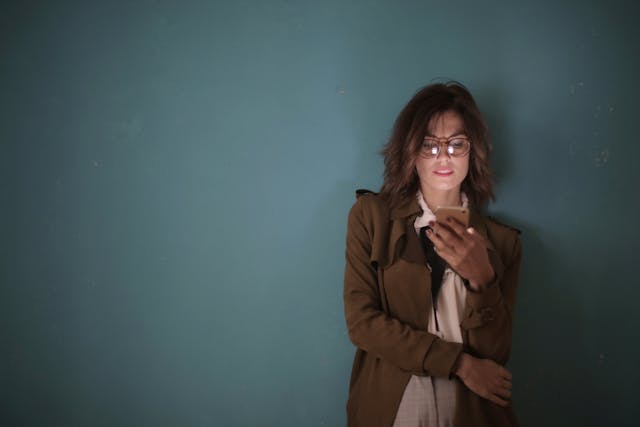The prevalence of artificial light, particularly short wavelength light (SWL), has become ubiquitous in our modern lives, affecting us constantly from smartphones to LED bulbs. This excessive exposure, especially during evening hours, raises concerns about its potential disruption to natural body rhythms and adverse health effects.
Exposure to blue light from phones can affect body’s biological clock
A recent article published in Health Physics by a panel of experts from ICNIRP examined scientific literature to determine if exposure to SWL from artificial sources affects circadian rhythms and could cause health issues.
Light plays a crucial role in regulating our body’s internal clock, known as the circadian rhythm, which controls various functions such as sleep patterns and hormone release. Melatonin, often referred to as the “sleep hormone,” increases in the evening, aiding in preparing for sleep. External cues like light influence this rhythm, with Short Wavelength Light (SWL), found in smartphone screens with a peak wavelength around 480 nanometers, particularly effective in suppressing melatonin production and altering the circadian rhythm.
In terms of evolution, the blue light of morning historically indicated wakefulness, while evening’s warm, reddish hues prepared for sleep. However, modern artificial lighting can confuse these signals.
Studies on the effects of blue light exposure yield contradictory results. While some experiments show that exposure to SWL, especially in the evening or at night, can suppress melatonin, increase alertness, and disrupt sleep, other studies indicate minimal impact.
Photometric quantities in most studies don’t capture biological effects of SWL
The inconsistency is attributed to limitations in current research methods. Many studies rely on photometric quantities like illuminance, which inadequately capture SWL’s biological effects. Additionally, there’s no consensus on the best method to measure light that specifically stimulates the intrinsically photosensitive retinal ganglion cells (ipRGCs), which are crucial for non-visual responses to light.
Various individual factors, including age, light exposure history, and genetics, can impact sensitivity to short wavelength light (SWL). As people age, the lenses of their eyes tend to yellow, filtering out more blue light, which makes children and teenagers more susceptible to the effects of evening SWL exposure.


